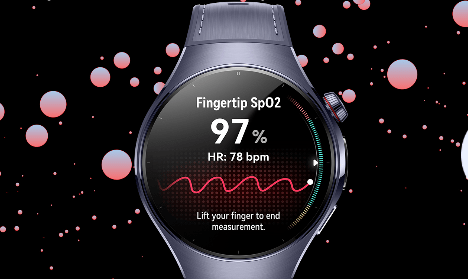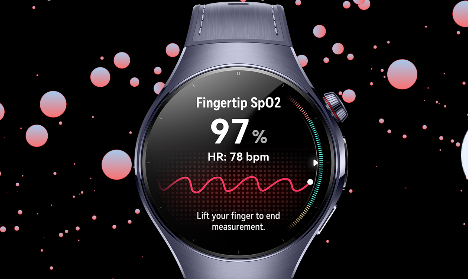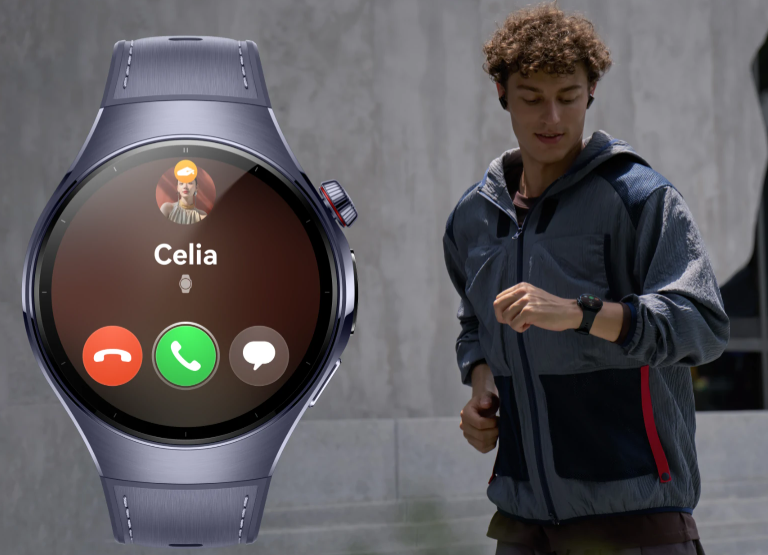What Sleep Issues Can Your Smartwatch Actually Detect?

Understanding sleep is crucial for overall health and well-being. Sleep issues can affect everything from mood to productivity, making it essential to identify and address them effectively. Smartwatches have become increasingly popular for their ability to track various health metrics, including sleep patterns. These devices can provide valuable insights into your nightly rest, helping you uncover potential problems and make necessary adjustments. In this article, we will explore the specific sleep issues that your smartwatch can detect and how these insights can improve your sleep quality.

Trouble Falling Asleep
Many people struggle with falling asleep, and a smartwatch can help identify factors contributing to this issue. One of the primary metrics tracked is the duration it takes for you to fall asleep. By monitoring this, you can gain insights into your bedtime routine and make adjustments as needed. Additionally, smartwatches can track your heart rate before bedtime. A consistently elevated heart rate might suggest underlying stress or anxiety, which can hinder your ability to relax and fall asleep. Monitoring this can encourage you to adopt calming practices, such as meditation or gentle stretching, before bed. Furthermore, many people use their phones late into the night, which can disrupt sleep onset. Your smartwatch can reveal patterns of late-night phone usage, prompting you to establish a digital curfew to help signal to your body that it’s time to wind down.
Sleep Quality Check
Once you manage to fall asleep, the quality of that sleep is equally important. Smartwatches are equipped to count the number of times you wake up during the night, providing a clear picture of your sleep disturbances. Frequent awakenings can indicate issues such as stress, discomfort, or environmental factors like noise. By tracking these disturbances, you can identify trends and work towards creating a more conducive sleep environment. Moreover, the duration of deep sleep is another critical metric. Deep sleep is essential for physical recovery and mental restoration. If your smartwatch indicates that you are not spending enough time in this stage, it may be beneficial to evaluate your sleep hygiene. This could involve adjusting your bedtime routine or even consulting with a healthcare professional if the issue persists. Additionally, smartwatches can detect excessive tossing and turning, which often signifies restlessness or discomfort. This information can lead you to consider factors like mattress quality or room temperature, ultimately improving your overall sleep experience.

Breathing Problems
Breathing issues during sleep can have significant implications for health. Many smartwatches now include features that monitor oxygen levels throughout the night, which can help identify potential problems like sleep apnea. If your device alerts you to low oxygen levels, it may be time to consult a healthcare provider for further evaluation. In addition to oxygen monitoring, smartwatches can track snoring patterns. If your device detects consistent snoring, it could indicate airway obstruction during sleep, which might require lifestyle changes or medical intervention. Furthermore, some devices can flag possible breathing interruptions, providing crucial insights into your respiratory health while you sleep.Â
Morning Fatigue
Waking up feeling tired can be frustrating, and your smartwatch can help analyze why this might be happening. By examining your sleep cycles, the device can provide insights into whether you are waking up during light sleep or deep sleep. Waking up during deep sleep can leave you feeling groggy and disoriented, so understanding your sleep patterns can help you adjust your sleep schedule for better rest. Additionally, smartwatches can suggest optimal wake-up times based on your sleep cycles. This feature allows you to wake up at the right moment, making it easier to start your day feeling refreshed. If your device indicates that you are not getting enough total sleep, it may be time to reassess your nightly routine and prioritize rest.Â
Lifestyle Connections
Your lifestyle choices significantly impact your sleep quality, and smartwatches can help you uncover these connections. For example, many devices track caffeine intake and its effects on sleep. If your watch shows that consuming caffeine in the afternoon correlates with a decline in sleep quality, you might consider adjusting your caffeine consumption habits. Exercise is another factor closely linked to sleep. Regular physical activity can promote better sleep, but timing matters. If your smartwatch indicates that late workouts disrupt your sleep, you may want to schedule exercise earlier in the day. Additionally, the concept of “catch-up sleep” is often misunderstood. Your smartwatch can reveal whether extra sleep on weekends truly helps you feel rested or if it leads to a disrupted sleep cycle.Â
Simple Fixes to Try
Improving your sleep doesn’t always require drastic changes; sometimes, small adjustments can make a big difference. One effective strategy is to set consistent bedtime reminders. By establishing a regular sleep schedule, your body can adapt to a routine, making it easier to fall asleep and wake up at the same time each day. Guided breathing exercises are another excellent tool for promoting relaxation before bed. Many smartwatches offer built-in breathing exercises that can help calm your mind and prepare your body for sleep. Additionally, adjusting the temperature and lighting in your bedroom can create a more comfortable sleep environment. A cooler room and dim lighting can signal to your body that it’s time to wind down, making it easier to drift off to sleep.
Conclusion Â
A smartwatch transforms vague sleep struggles into actionable insights, helping you make informed adjustments. For even deeper health tracking, consider the huawei Watch 5, which offers Enhanced Digital Health features like real-time SpO2 monitoring, personalized health tips, and comprehensive trend analysis for sleep and heart health. Its X-Tap module provides fingertip oxygen measurements, while Health Glance tracks 10 key indicators, making it a great companion for wellness. By understanding your sleep data, you can take meaningful steps toward better rest—and better days.





